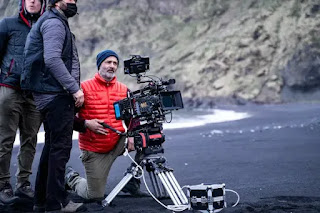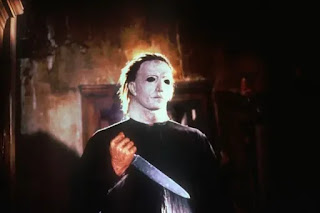Research: How to make a short film
The first Takeaway of the video is to take into consideration, your budget, location, props, actors, and other variables when you begin to write your script. This is useful information for me, considering I will be on a strict budget and without ample transportation. The next thing to consider is set ups and payoffs. In our film, we need to integrate a detail or fact that is later called back to, giving the audience a sense of fulfillment. After this, he goes on to talk about misdirection. His example is that he does not include a jump scare when the audience expects there to be one, increasing the tension of the scene. In our film, we will also try and include an absence of a jump scare because we are also doing a murder/horror short film. He then brings up the topic of equipment. He says as an example, “don’t do a crane shot just because you have access to a crane”. He then suggests to make a detailed storyboard. He says the storyboard will help get a better grasp on the actions taking place in the film. This way, if you need to take out a specific scene or revise it, you already know what is happening and are not starting from scratch. Although I do not plan on it, it is important to be able to change up your ideas on the fly. He next brings up the topic of mood and tone. He mentions how your cast should be dressed appropriately, and your props should all reflect the tone of the film. Another topic that comes up is casting. He says that it is important to cast people who can adequately express the emotions of the film. In our film, I feel like my group members and I can express the appropriate emotions and tone of the film. The last topic that is important to our short film is commitment. He says that if your actors are not completely committed, the audience is going to notice, and will not sink into your film. I am excited to use these tips and tricks in the production of our film, in hopes to create a more realistic and enjoyable experience.




Comments
Post a Comment